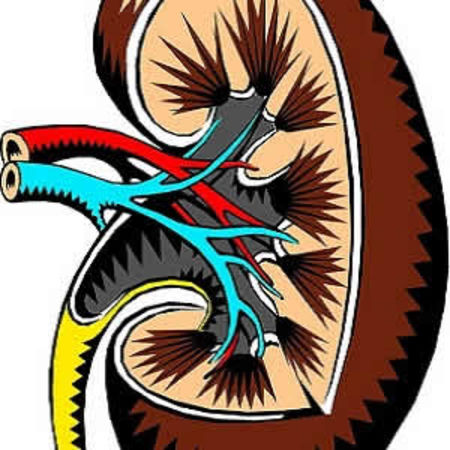Renal function in critically ill patients has been routinely assessed with the objective of detecting renal impairment and adjusting drug doses. Although augmented renal clearance (ARC) has also been identified in intensive care unit (ICU) patients, ARC is a less well-studied phenomenon that could lead to faster elimination of drugs. A new systematic review cites younger age, polytrauma and lower severity illness as key risk factors for ARC.
"ARC increases renal drug elimination and has a clear influence on certain antimicrobial plasma levels, but is yet to define its impact on clinical outcomes and on pharmacokinetics of other types of drugs. Research on the need to stage ARC and establish specific dosing guidelines is warranted," according to the review published in the journal Clinical Pharmacokinetics.
ARC is a relatively new concept, and given the difficulty of conducting research in the intensive care setting, the evidence available to date regarding ARC is scarce and diverse. Researchers in Spain performed this systematic review to gather and summarise all the available evidence on ARC in critically ill patients, including its definition, underlying mechanisms, epidemiology, diagnosis and impact on both drug pharmacokinetics and clinical outcomes. The MEDLINE, EMBASE and International Pharmaceutical Abstracts (IPA) databases were searched, from inception until May 2017, for all studies that reported information on ARC in critically ill patients.
Augmented renal clearance, defined as a creatinine clearance (CrCl) >130 mL/min/1.73 m2, is present in 20–65% of critically ill patients. The best diagnostic method for the identification of critically ill patients with ARC is measured urinary CrCl, the review team noted.
ARC has been associated with a wide range of factors. One that has most consistently been linked to a high risk of ARC, in both univariate and multivariate analysis, is younger age. Most studies show a difference of 10–20 years between patients with and without ARC. The mean or median age of patients with ARC is between 34 and 50 years in most studies. Trauma and lower severity illness have also been found to have significant influence in the development of ARC. Other factors for which associations with ARC have been found in univariate analysis, but not subsequently confirmed, include male sex, mechanical ventilation, high diastolic blood pressure, elevated cardiac index, high or low vasopressor use, low use of furosemide, high diuretic volumes and a less-positive fluid balance.
An influence of ARC on antimicrobial pharmacokinetics has been observed, with ARC consistently being associated with subtherapeutic antibiotic plasma concentrations. ARC has been significantly and consistently related to subtherapeutic β-lactam and vancomycin levels, which could potentially lead to the appearance of resistances and therapeutic failure.
"Given the high frequency of ARC in the intensive care setting, further studies in this subgroup of critically ill patients are warranted in order to explore the need to stage the ARC and make dosage recommendations. Similar to AKI [acute kidney injury], ARC could be a dynamic and temporary situation in critically ill patients, therefore a continuous evaluation of the renal function would be necessary," the review team concludes.
Source: Clinical Pharmacokinetics
Image Credit: Pixabay
References:
Bilbao-Meseguer, I., Rodríguez-Gascón, A., Barrasa, H. et al. (2018) Augmented Renal Clearance in Critically Ill Patients: A Systematic Review. Clin Pharmacokinet. 2018 Feb 13. https://doi.org/10.1007/s40262-018-0636-7
Latest Articles
critically ill patients, Renal function, renal clearance, augmented renal clearance
Renal function in critically ill patients has been routinely assessed with the objective of detecting renal impairment and adjusting drug doses. Although augmented renal clearance (ARC) has also been identified in intensive care unit (ICU) patients, ARC i



























